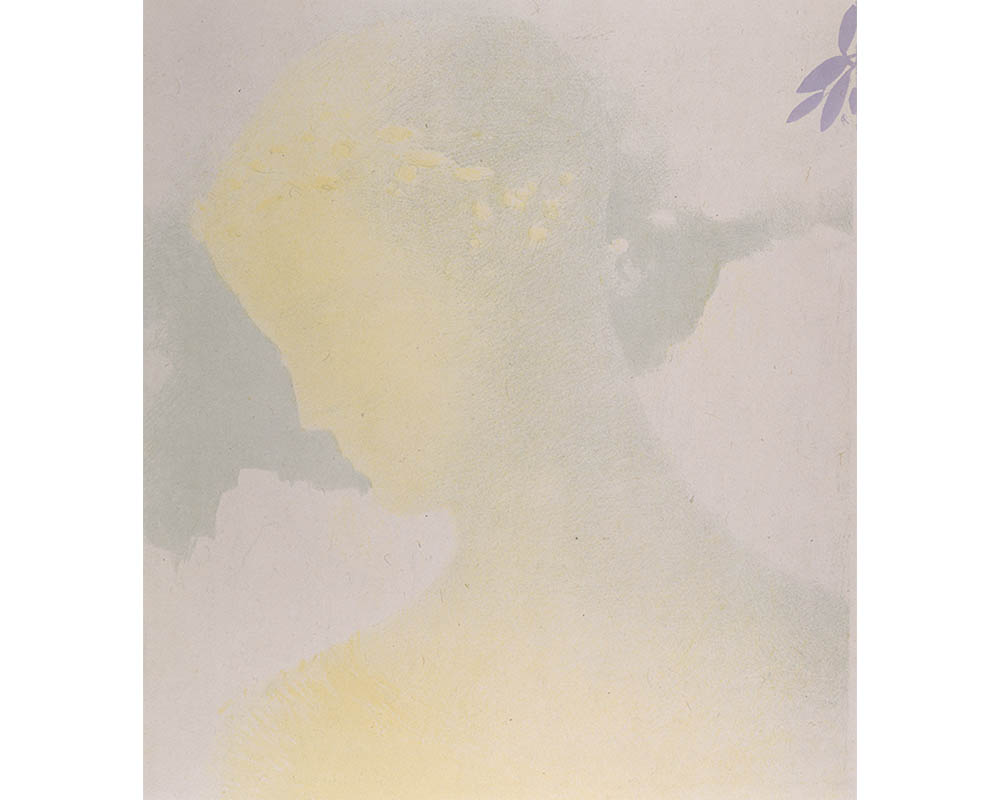
Figure and Image
Guest blogger Saraphina Masters is a Smith College student, class of 2017, majoring in Classical Studies and Art History. She is the 2013-2015 STRIDE Scholar in the Cunningham Center for Prints, Drawings, and Photographs. Her exhibition Figure and Image, featuring art donated by collector Selma Erving, will be on view through Sunday May 3rd, 2015.
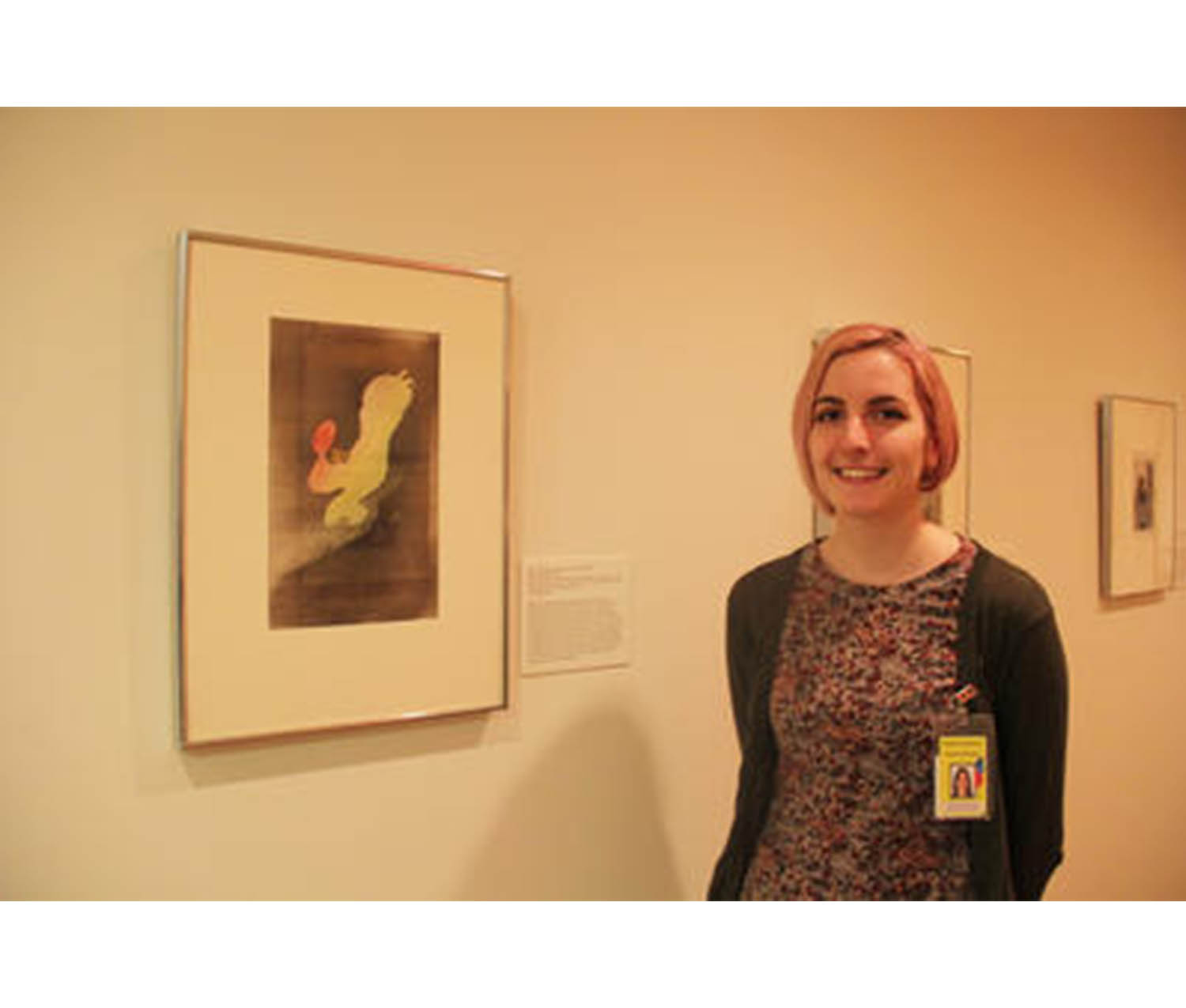
As a child, I thoroughly enjoyed all the museums my family visited and that enjoyment developed a keen academic interest in institutions of art. In turn, that played a large role in why I chose to attend Smith College. Considering the Smith College Museum of Art as well as the Museums Concentration, it only seemed right to go to a college with interests that matched my own. As the STRIDE Scholar to the Curator of Prints, Drawings, and Photographs, I am fortunate enough to have begun working in the museum my first semester on campus. Though I wouldn’t apply to the Museums Concentration until the fall of my sophomore year, I was already gaining experience working in the field I hoped to make a career in. My work as a research assistant to Aprile Gallant has taught me a great deal about the realities and practicalities of museums. I’ve been able to observe the museum’s reinstallation process and learn about all that goes into the words and the art that visitors see on the walls.
As part of the Nixon Gallery’s first round of reinstallation in 2014, I selected master drawings from the era of previous director Robert O. Parks as well as works in the collection from the early faculty of Smith College. This fall, I was given the opportunity to plan an exhibition for the corridor outside the Cunningham Center. The collection of Selma Erving is comprised of 540 drawings, 74 prints, and 100 illustrated books, the majority of which come from the nineteenth and twentieth centuries. Needless to say, picking less than twenty objects to hang was a Herculean task, especially for someone as interested in the time period and style that Ms. Erving seemed to favor as I am.
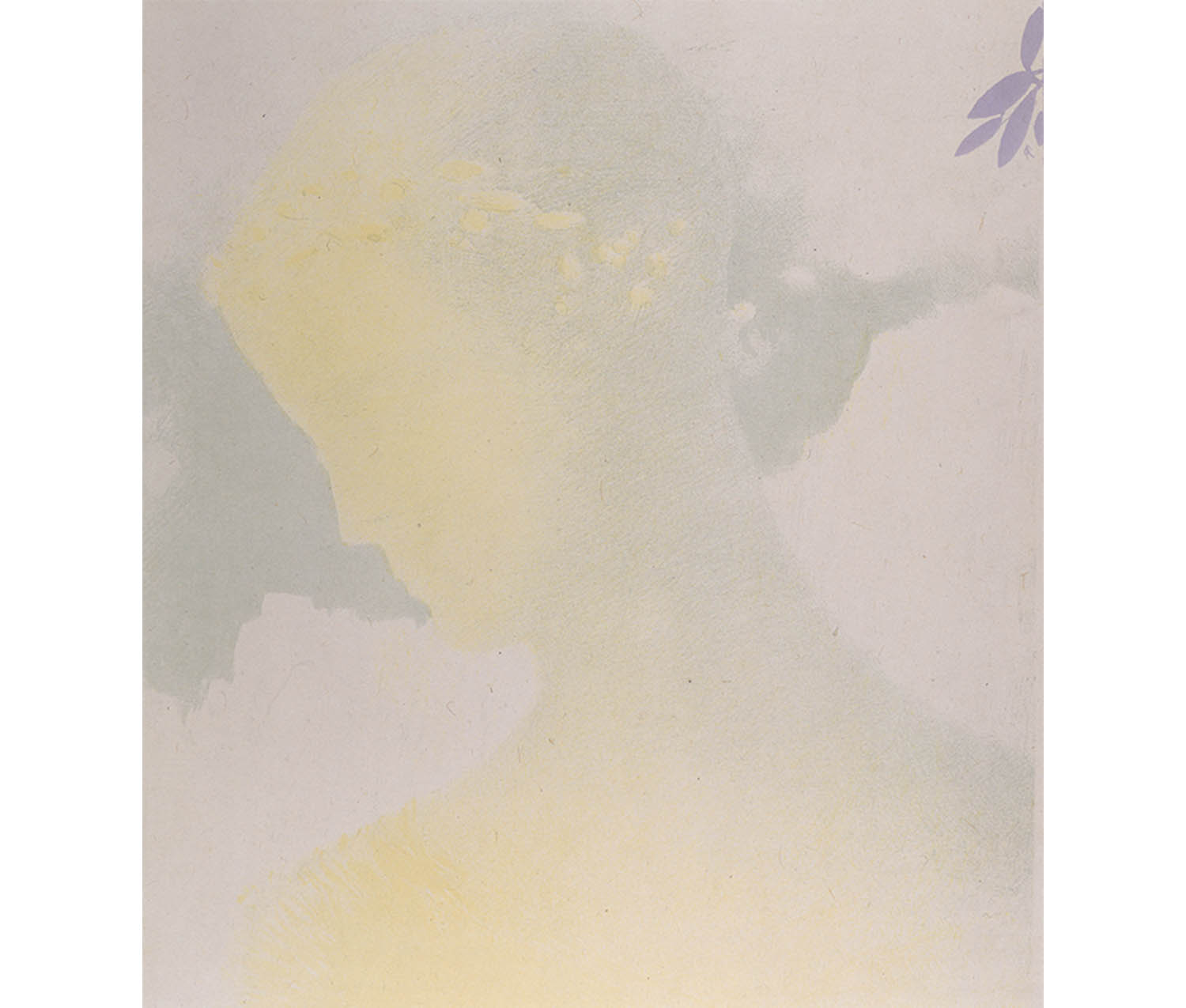
Odilon Redon. French, 1840–1916. Printed by Auguste Clot. French, 1858–1936. Beatrice, 1897. Lithograph printed in color on chine appliqué paper. Gift of Selma Erving, class of 1927. SC 1978.1.40.
I began attempting to familiarize myself with the both the collection and the collector by perusingNineteenth and Twentieth Century Prints: The Selma Erving Collection, a catalogue prepared and published by the SCMA. The highlights of the collection were preface by two essays written by Charles Chetham, the director at the time, and Elizabeth Mongan, the curator at the time, from which I learned a great deal about the fascinating Ms. Erving (class of 1927). Though the book only featured select prints and not the whole collection, I was able to glean a great deal about the sort of collecting Ms. Erving did and what themes I might chose to focus on. With some exceptions, Post-Impressionist France was the main setting of the collection. Additionally, I noticed a great number of pieces that featured the human body, either as seen in portraits, figure studies, or parts of portfolios. These two aspects came together in the first piece that truly stood out to me and would remain the touchstone during the whole process: Miss Loie Fuller, an 1893 lithograph by Henri Toulouse-Lautrec.
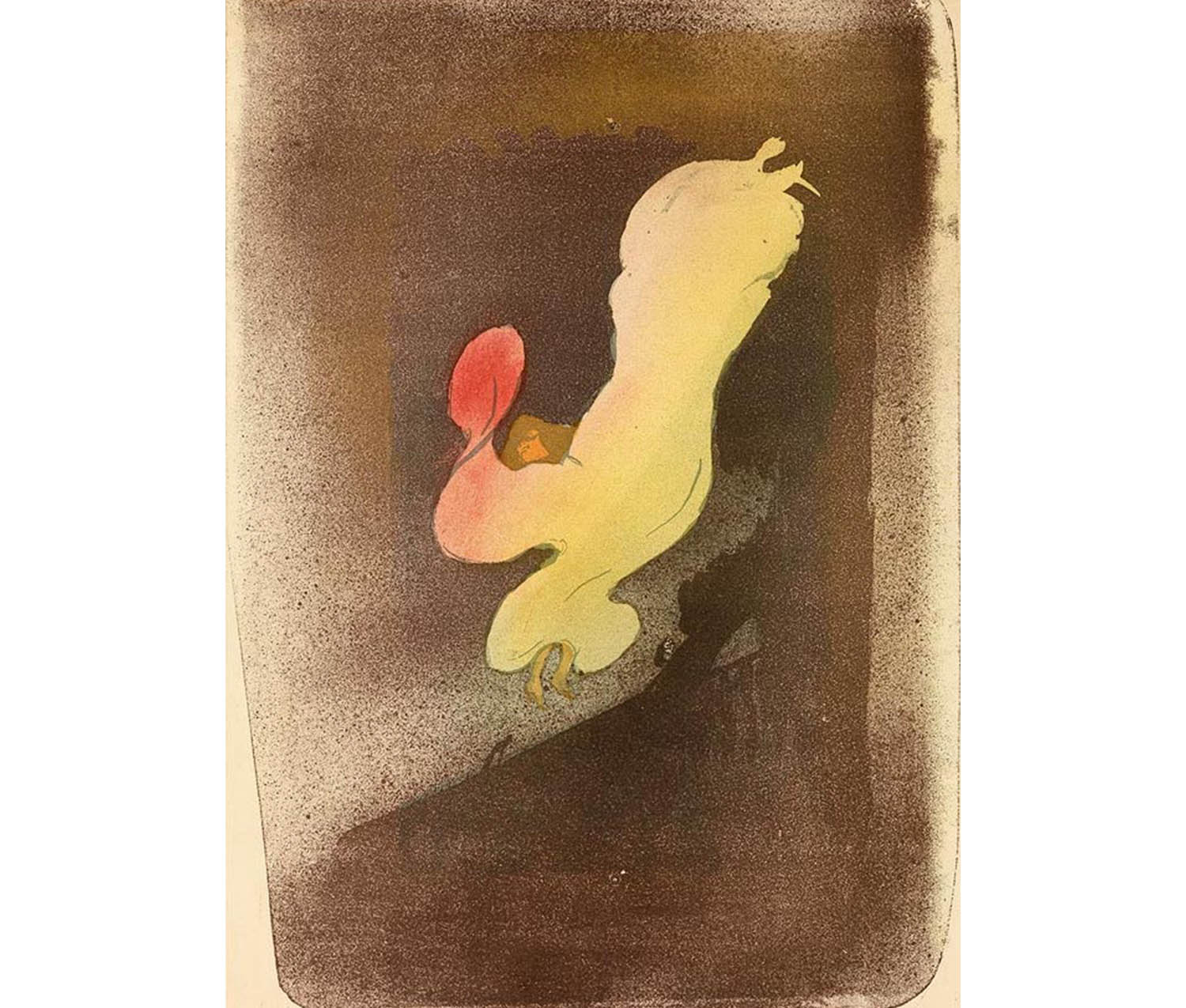
Henri de Toulouse-Lautrec. French, 1864–1901. Miss Loïe Fuller, 1893. Brush and spatter lithograph with keystone in olive green, color stone in various colors and gold powder on beige wove paper. Gift of Selma Erving, class of 1927. SC 1978.1.45.
From there, I was able to use the museum’s database of compile a constantly fluctuating list of pieces to be displayed in the corridor come spring semester. As I planned, I noticed two separate fields making themselves apparent within the collection. One was dynamic portraits, such as Marie Laurencin’s self-portrait or Edgar Degas’ print of his good friend and contemporary Mary Cassatt as she explores the Louvre.
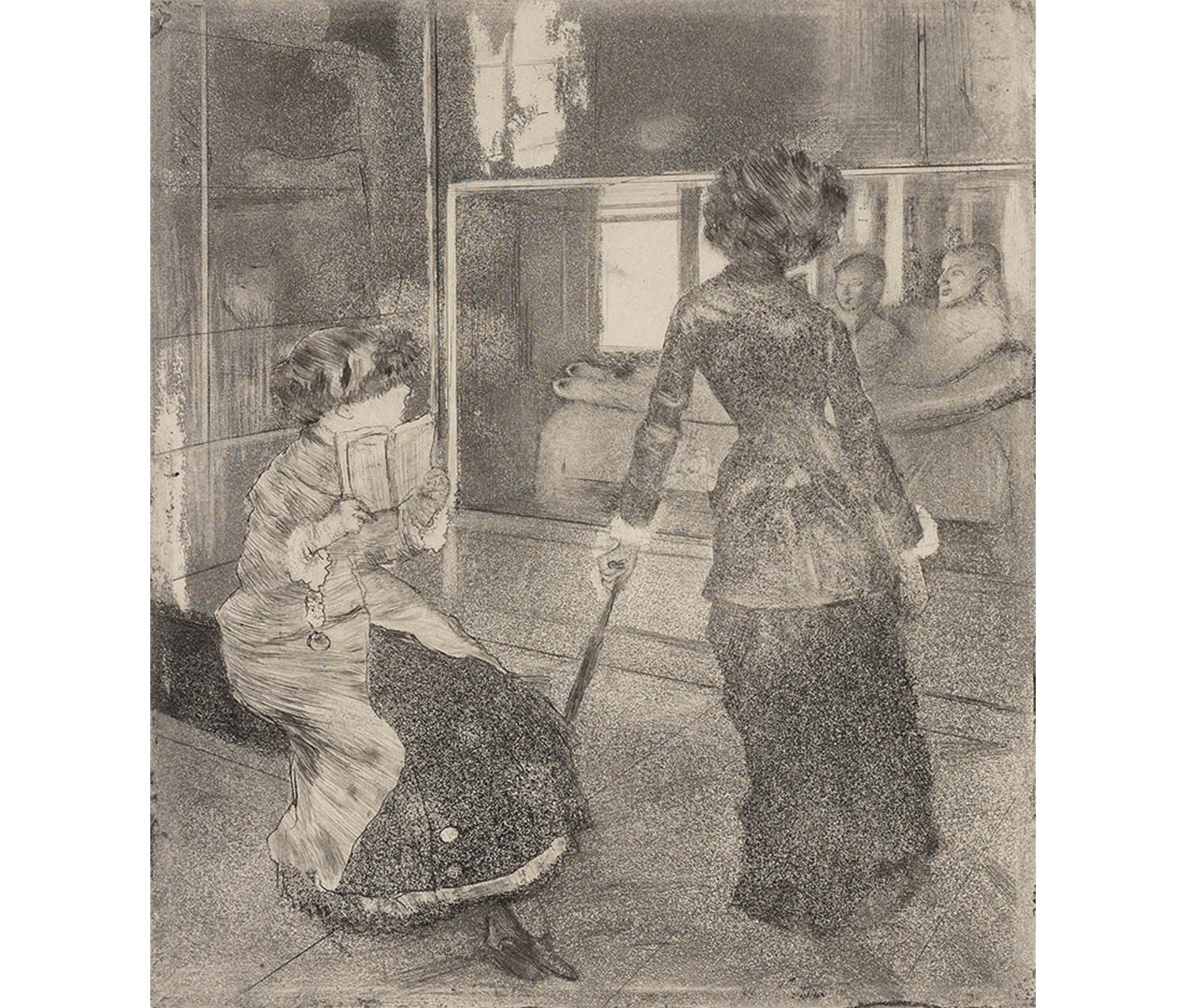
Edgar Degas. French, 1834–1917. Mary Cassatt at the Louvre: The Etruscan Gallery, 1879-1880. Soft ground etching, etching, aquatint and drypoint printed in black on thin Japan paper. Gift of Selma Erving, class of 1927. SC 1972.50.17.
The second was more domestic or bathing scenes, exemplified by Camille Pissarro, Pierre Bonnard, and most notably in Suzanne Valadon’s etching featuring two women of separate generations engaged in the ubiquitous practice of cleansing.
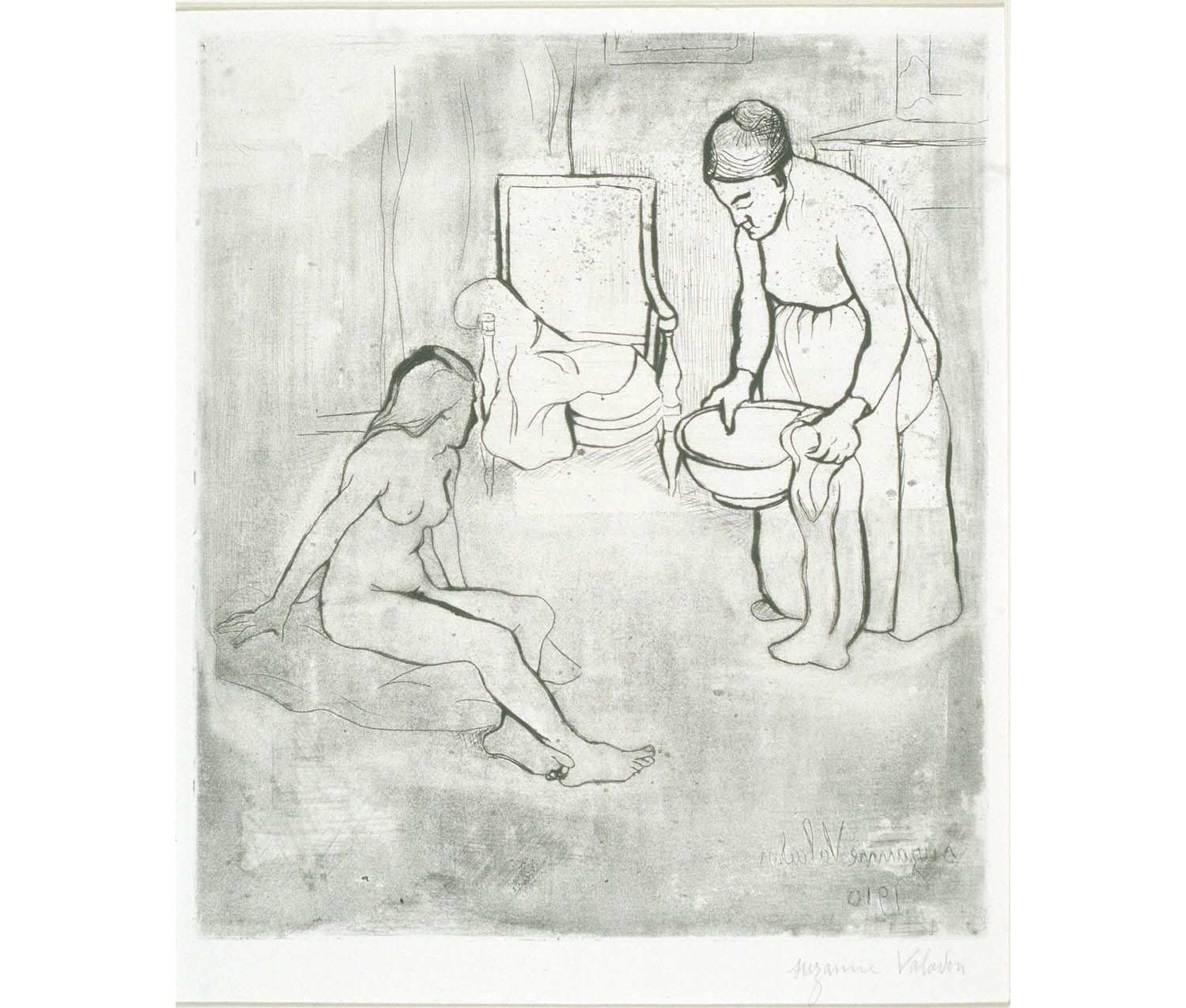
Suzanne Valadon. French, 1865–1938. The Bath, ca. 1910. Soft ground etching printed in black on Rives wove paper. Gift of Selma Erving, class of 1927. SC 1972.50.136.
Difficult as it was, I finally pared down my list to seventeen pieces, sixteen of which are prints, that I feel embody both Ms. Erving’s keen collecting practices and the unique genre of depictions of the human form. As a recently declared Museums Concentrator with an interest in curating, this experience has been invaluable in my exploration of the field. I’m still trying to determine precisely what I want to do and what I want to work within a museum setting but what I’ve learned during my time at the Cunningham Center and with the Concentration has certainly affirmed that museums are the place in which I want to stay.
Works donated by Selma Erving are now on view on the second floor of the Museum in the Cunningham Center corridor as part of the exhibition Figure and Image: The Selma Erving Collection through May 3rd, 2015.